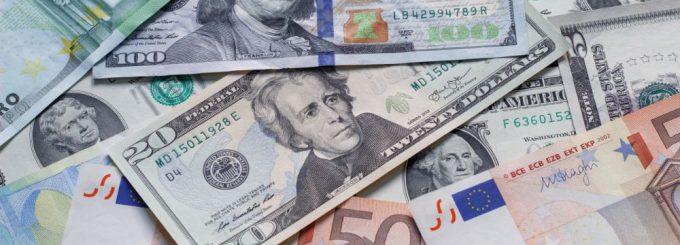Advantages of Using Polymer Banknotes

Most people assume that banknotes are made from paper, but in actuality, a growing number of nations are beginning to use polymer instead. Below is a discussion of this material and the many advantages it has over traditional banknotes.
What exactly is Polymer?
Polymer is a material that uses the synthetic substrate called polypropylene that is comprised of chains which have been joined with monomers or individual molecules. One of the reasons this material is so attractive for banknotes is because it is printable yet suitable and strong enough to use multiple security features. Additionally, polymer has a surface which is quite smooth making these notes less vulnerable to dirt or dust accumulation.
How are the Polymer Banknotes Produced?
The process is initiated using polymer pallets. When these pallets get heated and then blown inside a large liquid polymer bubble, pressure will be placed onto the bubble which will cool it down, creating a distinct polymer film which is laminated and which can be used exclusively for currency. The film will be rolled using large wheels, after which it must be treated with specialized ink to make the material opaque.
Once this is accomplished, the film will be sliced into sheets so it can be prepped for printing. The background will be printed into each side and afterwards security features will be added then the narrative elements, portraits and serial numbers. Lastly, each banknote will be covered by an overcoating ink which is designed to further protect it, and it will be sliced into sizes that can fit into wallets and purses.
What Advantages are gained from Using Polymer in Banknotes?
There are many. For one, polymer is naturally moisture proof. This means that the banknotes can be stored in environments which have high humidity without fear or being damaged. It is also resistant to dirt. This is because the surfaces are exceptionally smooth and even if they do become dirty are simple to clean.
Polymer is also durable and long lasting. Because of its ability to withstand high temperatures, they can be stored for years without fading or cracking. It is also very difficult to counterfeit. This is partly because polymer uses a structure which is three dimensional, which makes it challenging to duplicate but when combined with other high tech safety measures duplication becomes extremely difficult and costly.
This material is also recyclable. Once polymer has been shredded, it can then be palletized using high temperatures, at which point the pallets can be reused and transformed into fresh plastic items such as flower pots, power sockets or bins.
That being said, polymer is not without its disadvantages. For instance, banknotes that use this material are relatively difficult to find, at least until more countries adopt them. They also tend to be slippery, which is the downside of their smooth surface. It can be harder to hold onto and should the material be exposed to enough moisture or liquid it can become sticky. Aside from these disadvantages, many people believe that polymer will be the future of banknotes.


